What's the best tamari substitute? We taste tested 12 substitutes to find the best tamari alternatives—and ranked them from worst to best! And, included exact substitution ratios for the top tamari alternatives.
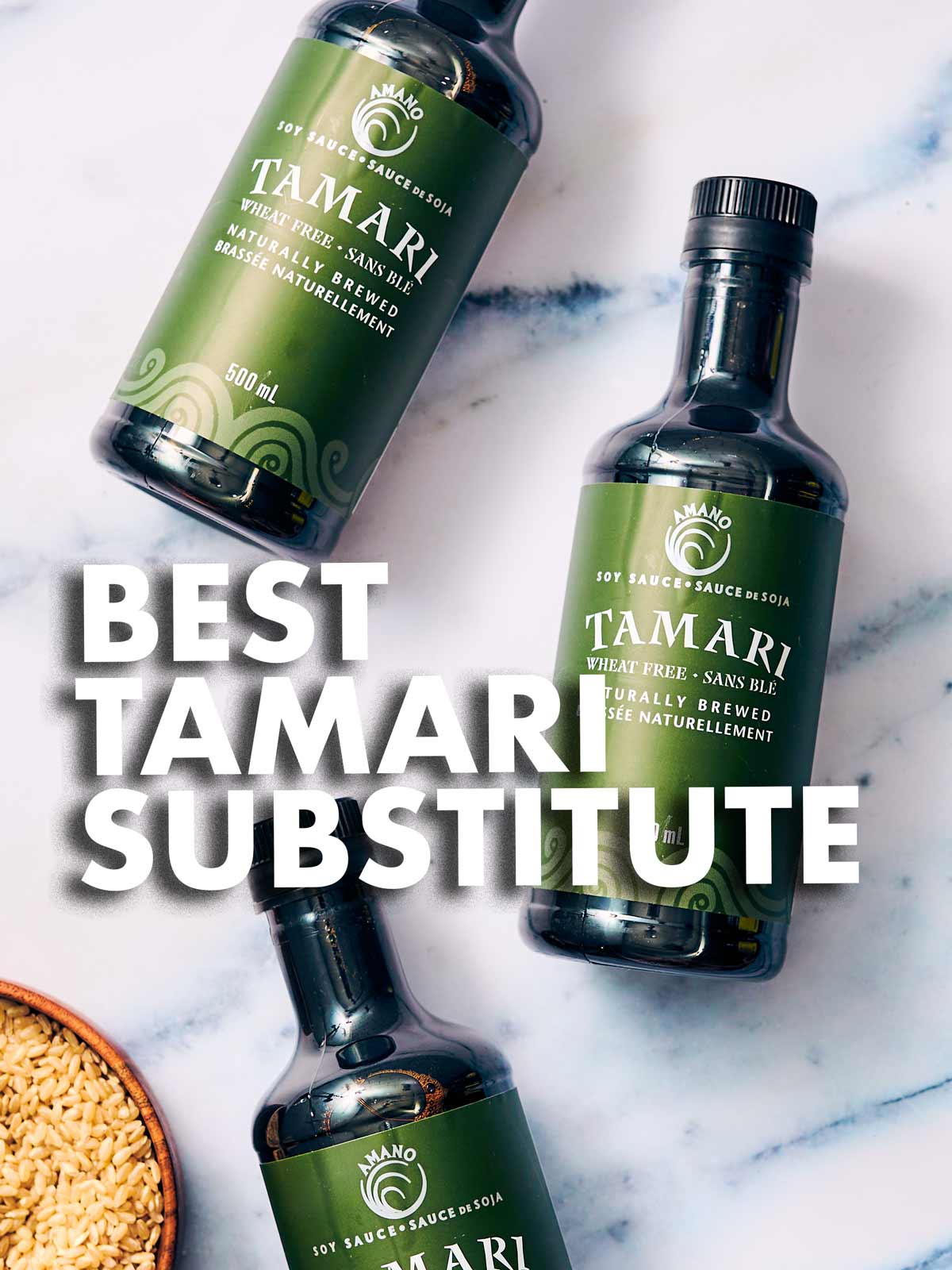
Tamari is a versatile sauce that adds salty and savory flavor to food. It's sold near the soy sauce or Asian condiments section in most grocery stores. Tamari is also available at health food stores and online. But, if you're out of tamari or can't find it, keep reading to find the best alternatives!
What is Tamari sauce?
Soy Sauce is a condiment made from fermented soybeans, water, and salt. This dark brown liquid is usually sold in glass or plastic bottles. While soy sauce is said to have originated in China, many other countries produce their own version of soy sauce. So, there are many different types of soy sauce.
Tamari (or Tamari Shoyu) is a Japanese-style soy sauce. It's made from soybeans, water, salt, and koji (fermented rice). Other soy sauces use wheat for the fermentation process, but tamari uses rice instead. As a result, tamari is typically gluten-free. But, always check the label because some brands may have traces of wheat from the manufacturing process.
Tamari is produced differently than other soy sauces. Most soy sauces are brewed. But, tamari is the by-product of miso production. It's the liquid that's released when pressing miso paste. Because tamari has a higher soybean content, it has a stronger flavor, more umami, and a slightly thicker consistency.
How to use it
Tamari is a flavorful ingredient that can be used in many ways, such as:
- Seasoning: Use tamari to season noodles, fried rice, tofu, stir-fry, and even salads.
- Sauces: Tamari can enhance sauces like Sweet Chili Sauce, Vegan Pad Thai Sauce, and Homemade BBQ Sauce. Or use it as a gluten-free soy sauce alternative for sushi.
- Umami enhancer: Tamari can even be used in dishes you wouldn't expect! It can add depth-of-flavor to gravy, curry, meatballs, soups, chili, and sandwiches.
Tamari is a plant-based source of umami. So, it's a great ingredient for vegetarian and vegan cooking. For more tips on cooking delicious meatless meals, check out the Evergreen Kitchen cookbook.

How we ranked alternatives
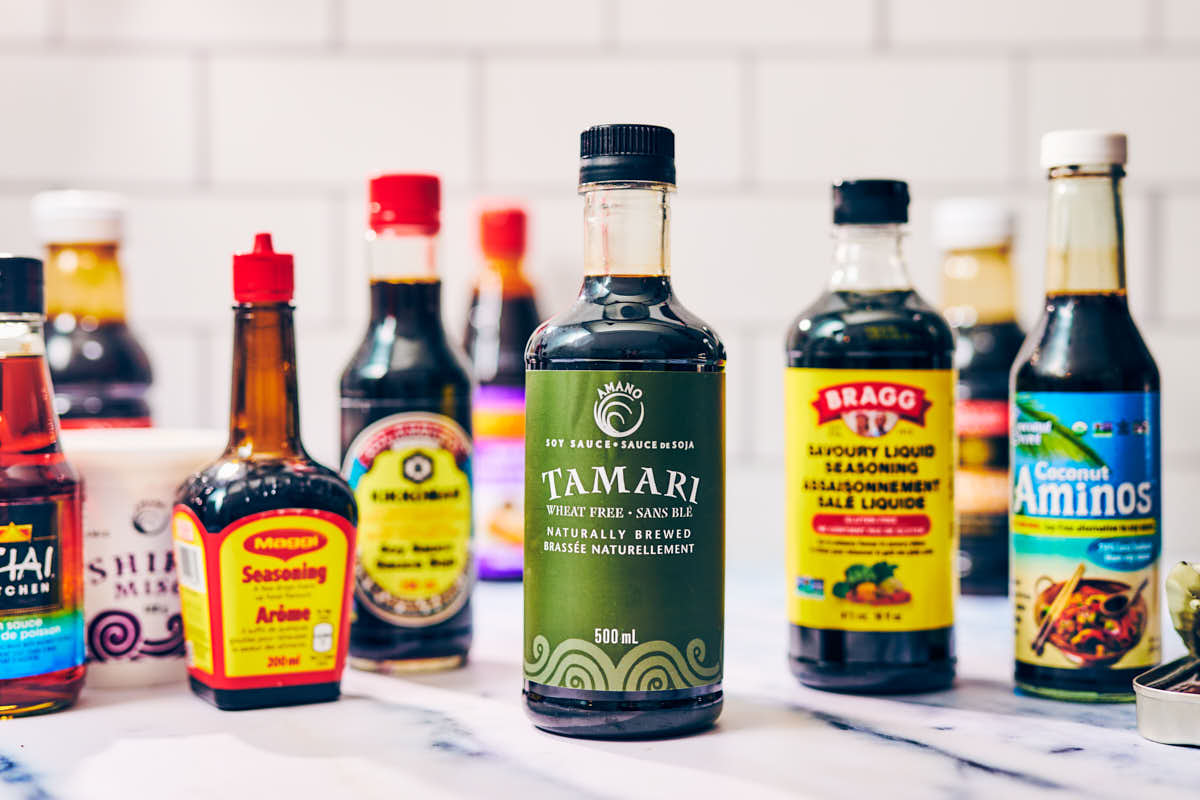
To find the best tamari alternatives, our team did side-by-side taste tests. They compared tamari with 12 other sauces and seasonings.
Flavor, saltiness, viscosity/texture, color, and convenience/availability were all considered in ranking the best substitutes.

12 Tamari substitutes
Here are the top 12 tamari alternatives, ranked in order of the worst to best.
12. Anchovies

Anchovies are tiny fish, typically packed in salt or oil. They have a salty, funky flavor—and are a source of umami too. Anchovy fillets are usually sold in jars or tins. But, anchovies are also pureed into anchovy paste and sold in tubes.
Both tamari and anchovies are salty and contain umami. However, anchovies have a distinctly "fishy" flavor. If you're only using a small amount of anchovies, this flavor difference may not be noticeable. Anchovies obviously can't be used as a dip like tamari. But, they're a decent tamari replacement in dishes like soups, sauces, and dressings. In these instances, use an anchovy paste so that it can meld in more easily.
11. Miso paste
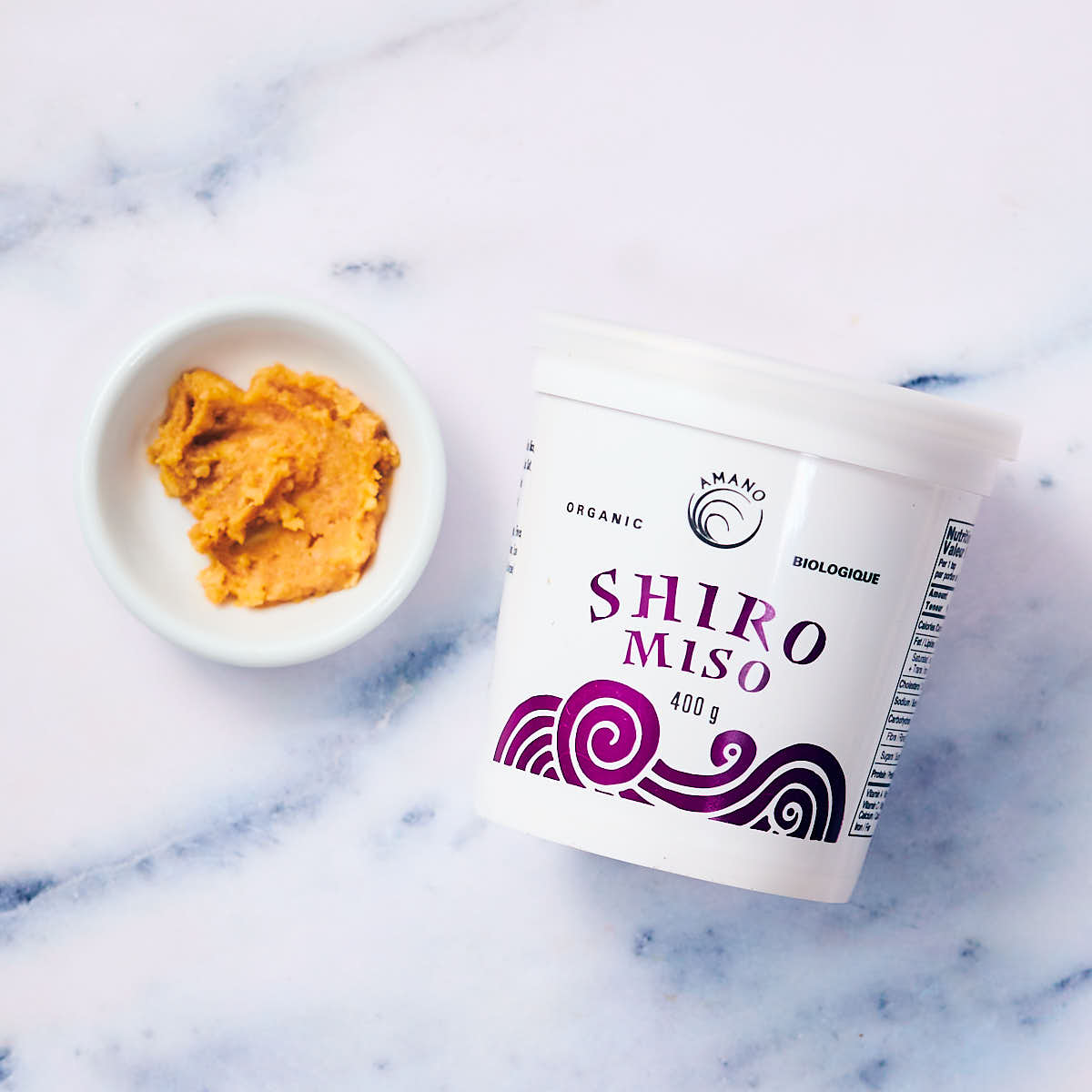
Miso paste is made with fermented soybeans. There are many different varieties, including white miso (Shiro), yellow miso (Shinshu), and red miso (Aka). Miso is often used in soups, like this flavorful Creamy Vegan Ramen. Some miso is sold refrigerated, whereas other brands are shelf-stable until opened. Most miso is not gluten-free; but some brands are, so check the labels if needed.
Miso and tamari are both made from soybeans. Fermentation gives both a slightly funky flavor. And, they are both salty and sources of umami. However, the texture and color are very different. In a pinch, you could use miso as a substitute for tamari in a sauce or soup. But, miso wouldn't work as a a dip since it's a paste.
10. Hoisin sauce
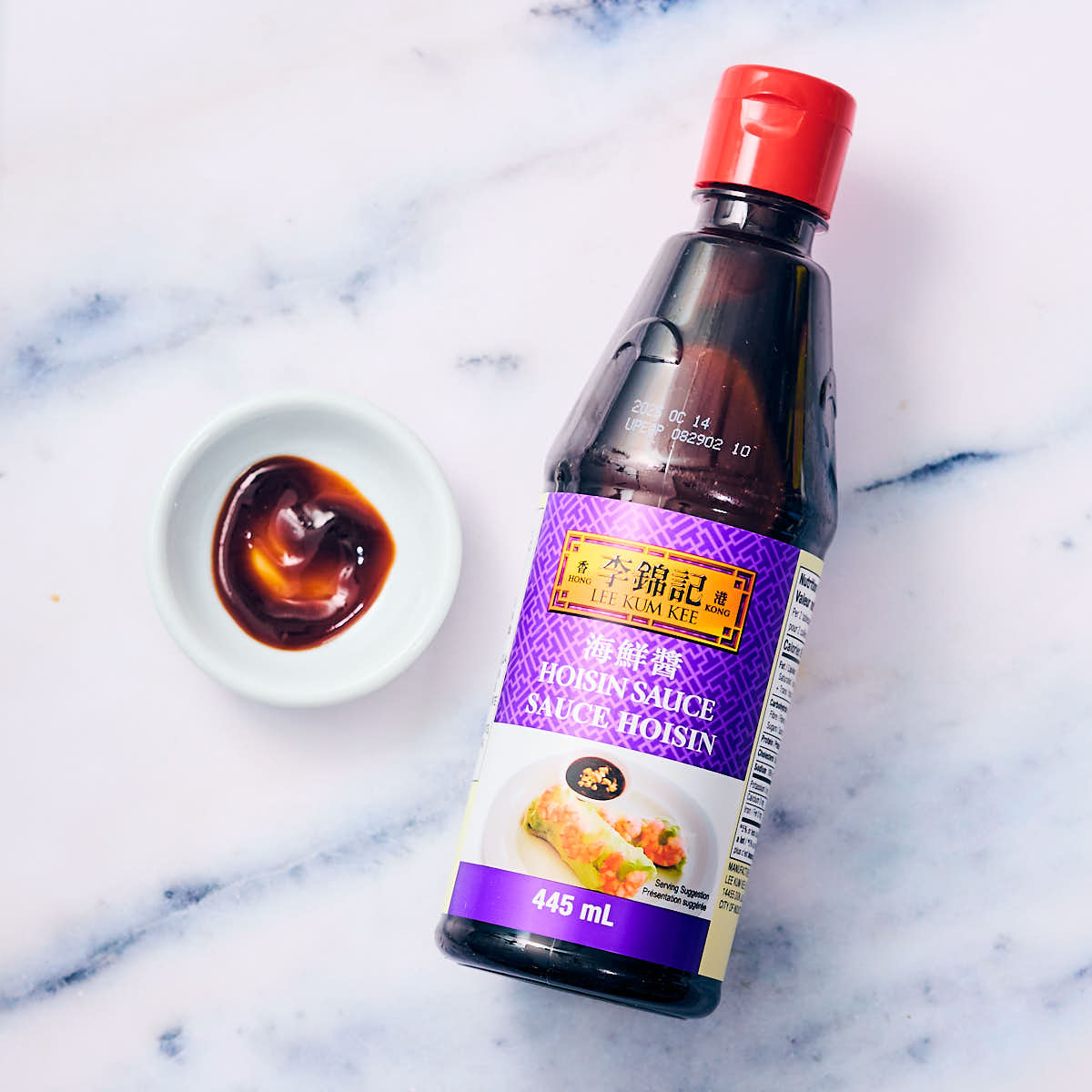
Hoisin sauce is a thick dark sauce often used in Chinese cooking. It's made from fermented soybean paste, as well as sugar, chili, garlic, and spices. Hoisin is often used as a dipping sauce, glaze for meat, or in stir fry.
Hoisin sauce is thicker and darker than tamari. It also tastes quite different because of the added spices. Hoisin is also predominantly sweet (rather than salty, like tamari). So, it's not a great substitute unless the recipe calls for both tamari and sugar. (In this case, you could reduce the added sugar to compensate for the sweetness from the Hoisin.) Overall, our testers agreed that substituting hoisin would add a noticeably different flavor. But, if you're okay with this, then you could use it as a substitute in Asian dishes—like stir fry or noodles.
9. Teriyaki sauce
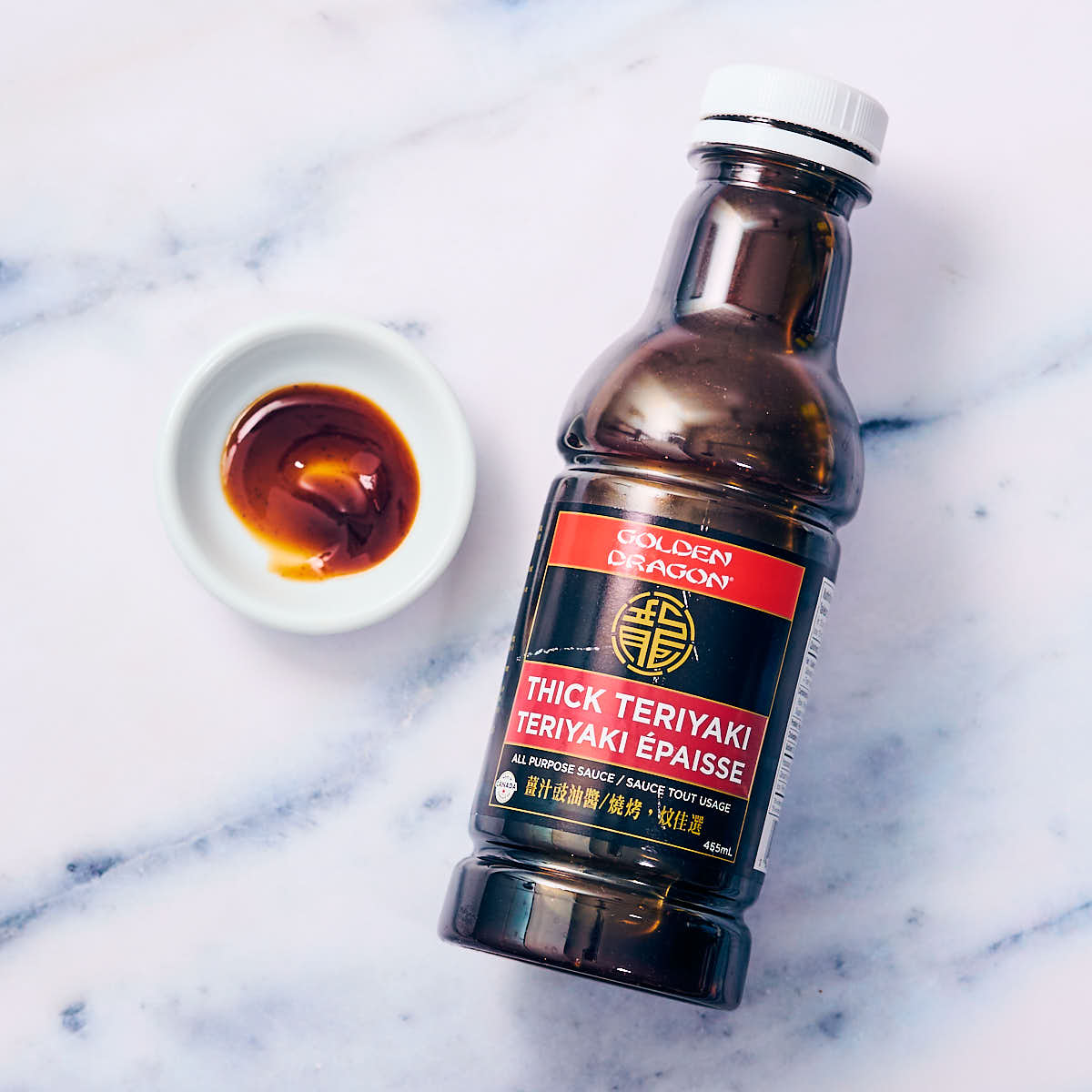
Teriyaki sauce is a thick dark sauce often used in Japanese cooking. It's made from soy sauce, sugar, mirin, and sake. So, it tastes sweet and salty. Teriyaki sauce is often used as a glaze for meats or a dipping sauce.
Teriyaki is thicker and darker than tamari. It contains soy sauce, which tastes similar to tamari. However, Teriyaki sauce contains other ingredients too, so it tastes different than tamari. But, it could pair well with other Asian flavors like noodles or stir fry. Our testers ranked Teriyaki sauce slightly above Hoisin sauce as a tamari substitute, because it's less sweet.
8. Worcestershire sauce

Worcestershire sauce is a fermented condiment made from vinegar, anchovies, molasses and other spices. It's used as a meat marinade, in Caesar salad dressing, and in cocktails like a Bloody Mary. Worcestershire sauce is not suitable for vegans or vegetarians, because it contains fish. But, there are some vegan alternatives on the market.
Worcestershire sauce is runnier, lighter in color, and less salty than tamari. The fermented anchovies provides umami. However, Worcestershire tastes more acidic than tamari because the main ingredient is vinegar. You can also taste the garlic, spices, and sugar. So, Worcestershire adds a different flavor than tamari. But, if you're only using a little bit, it may not be that noticeable. We'd recommend using it as a substitute in savory sauces and marinades—rather than a dip.
7. Salt
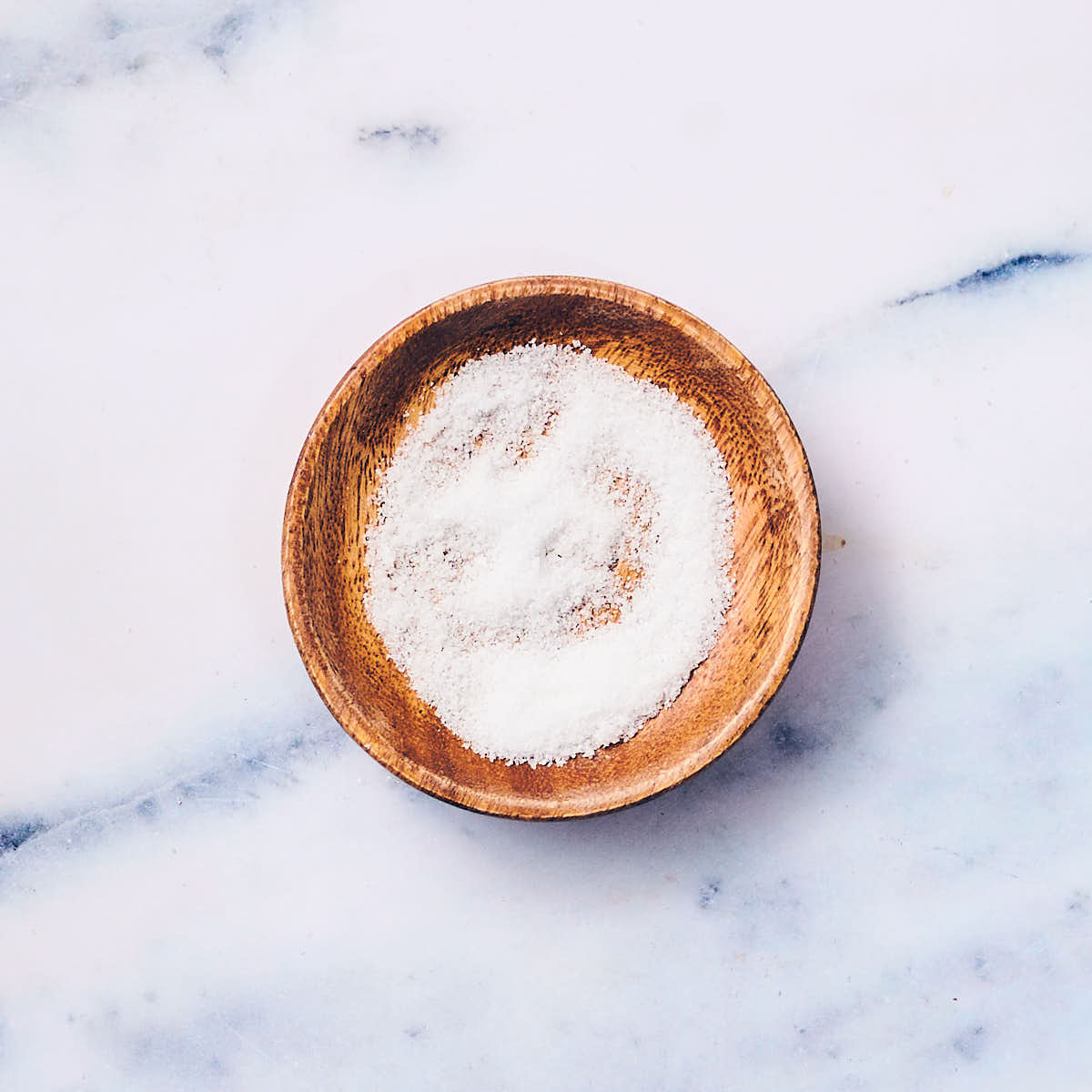
Salt is available in many varieties, including sea salt, Kosher salt, Himalayan (pink) salt, flaky salt, and more. Sea salt and Kosher salt are most commonly used in cooking. But, flaky salt is a good "finishing" salt—to be used like a garnish.
Salt does not look like tamari at all. However, it doesn't contain any other flavors like some the other alternatives tested. So, if you're just looking to add a salty element to your food, you could use salt instead of tamari. But, if tamari is being used as a source of flavor and umami, then salt could leave something to be desired. That said, salt's versatility and accessibility puts it in the middle of this ranking.
6. Oyster sauce
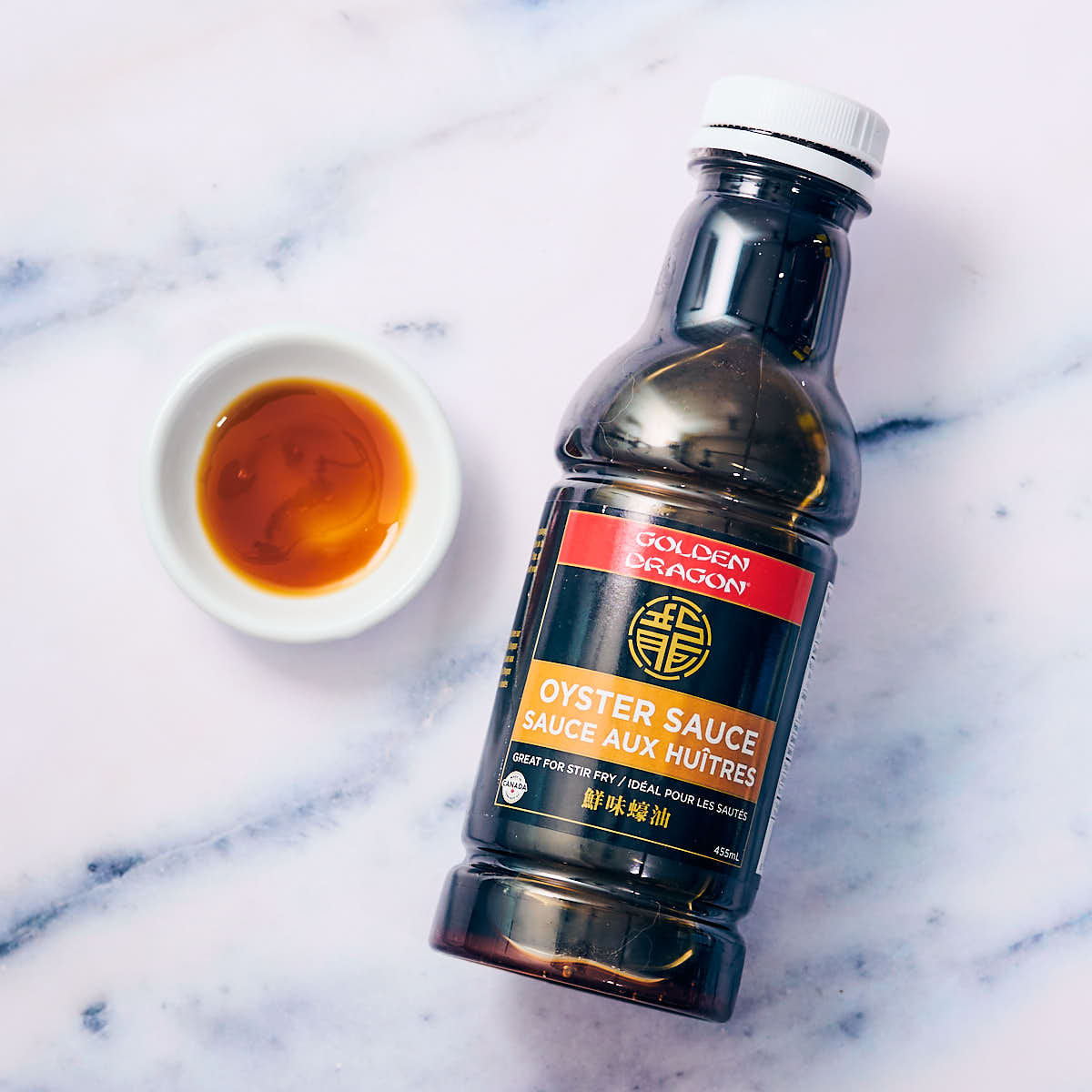
Oyster sauce is a dark, thick, and savory sauce often used in Chinese cooking. It's made from water, oyster extracts, sugar, salt, and other flavorings. Oyster sauce can be used for stir fry and noodles, as a meat marinade, or as a vegetable dipping sauce. It isn't suitable for vegetarians or vegans because it contains seafood.
Oyster sauce has a few similarities to tamari. The oyster extract is a source of umami. And, many brands of oyster sauce contain soy sauce, which is a very similar ingredient to tamari. Oyster sauce is also salty and has a similar color to tamari. However, there are also some differences to consider. Oyster sauce is slightly sweet, unlike tamari. It is also less salty than tamari. And, the longer list of ingredients means Oyster sauce has a different flavor than tamari.
5. Fish sauce
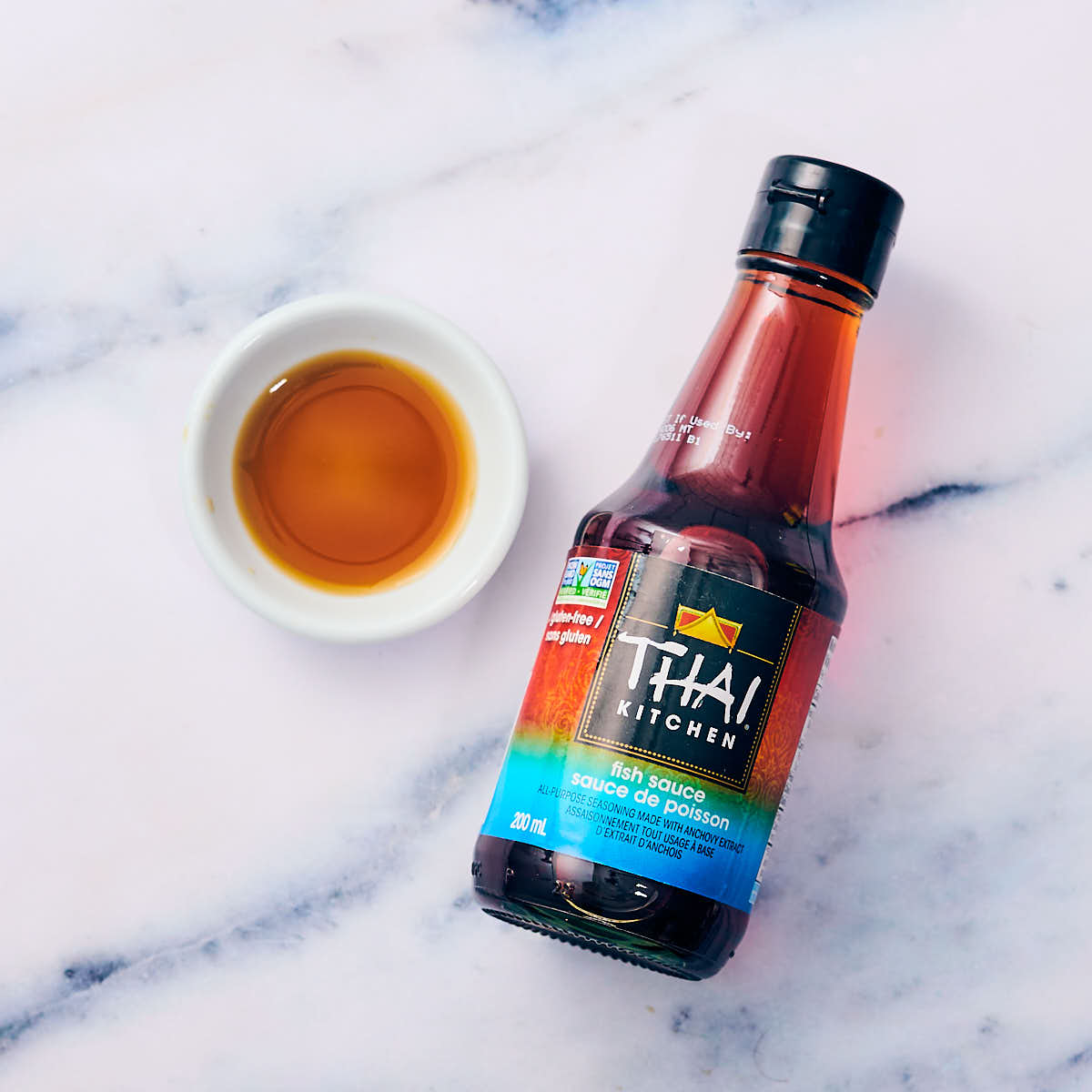
Fish sauce is a liquid condiment made from salty fermented fish. It's a pantry staple in Southeast Asian cuisine. For example, Pad Thai and curries often use fish sauce. Fish sauce has quite an intense and funky flavor, so if you use too much, it can quickly overpower a dish. It isn't suitable for vegans or vegetarians.
Compared to tamari, fish sauce is runnier and lighter in color. Fish sauce has a more funky, intense flavor than tamari. And, fish sauce is much saltier (about 1.5x as salty as tamari). So, it isn't that suitable as a straight dipping sauce—unless you mix it with other ingredients to temper the flavor and salt. That said, fish sauce can be a good tamari substitute in marinades, sauces, and dressings where only a bit is used. In these applications, we recommend adding it in small quantities and tasting as you go.
4. Maggi
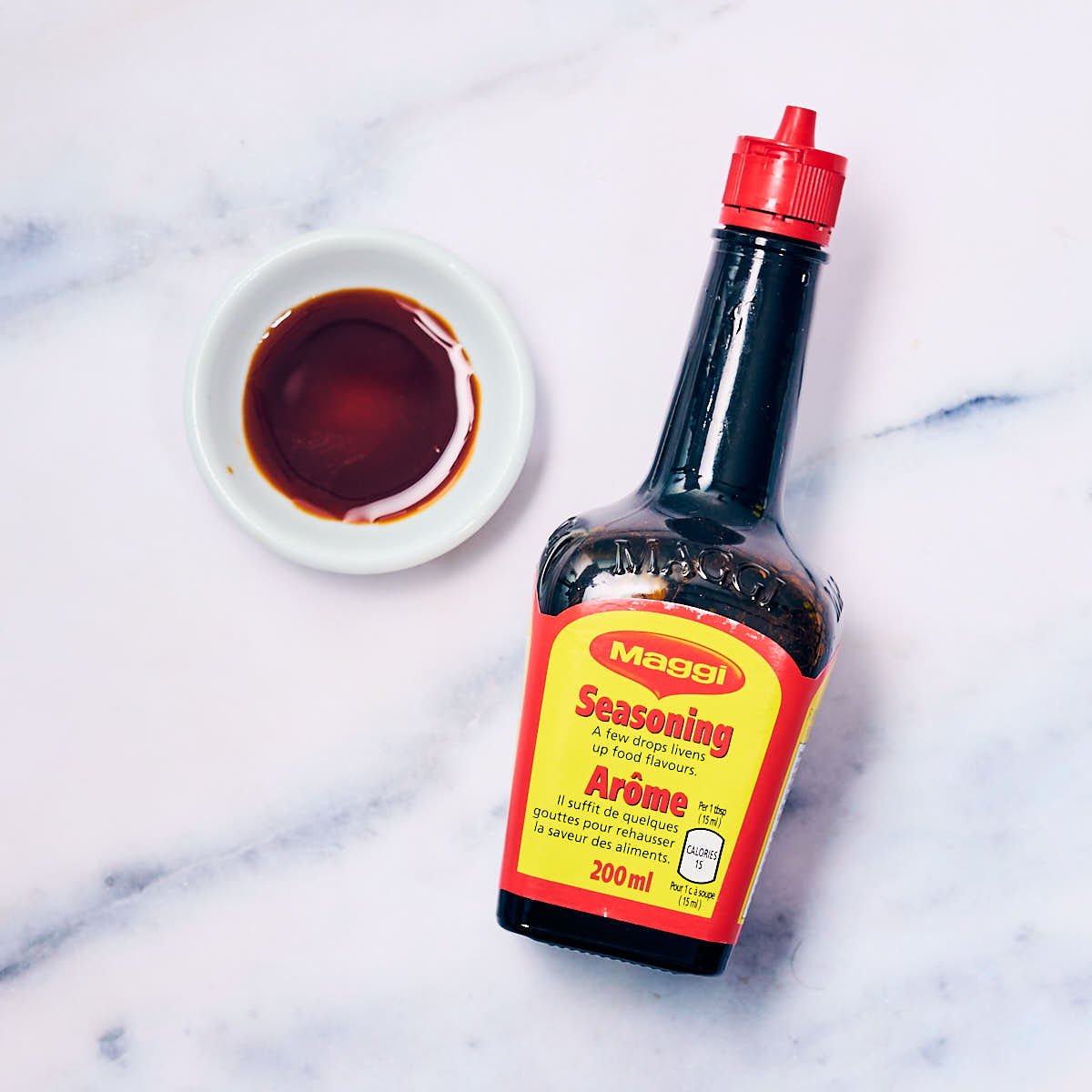
Maggi Seasoning is a dark, umami-rich flavor enhancer. It's available as a liquid, granulated powder, or in cubes. Maggi is made from hydrolyzed vegetable protein, MSG, artificial flavor, and other ingredients. However, the exact ingredients may vary because there are nine varieties produced for different regions. Maggi works well in stir fry, sauces, and curries; as well as soups, stews, and marinades.
Compared to tamari, Maggi is similar in color and viscosity. In fact, it looks more like tamari than soy sauce does. However, Maggi is much saltier, so you can't replace it 1-to-1 (see below for substitution tip). Maggi works best in dishes where you only need a small amount. In other words, don't use it as a dip like soy sauce. Maggi can be more difficult to find in stores. Look for it near other Asian ingredients or online. Also, check the label to make sure Maggi works for you. It contains ingredients that some people may try to avoid. And, the label says "may contain egg, milk, fish", so it may not be suitable for vegans.
Maggi Substitution Tip: Maggi is much saltier than tamari, so use less. Substitute using a 3:1 ratio of tamari to Maggi.
For example: If the recipe calls for 3 teaspoons of tamari, you'll want to substitute with 1 teaspoon of Maggi (or less). It's safer to start with a smaller amount and add more if needed.
3. Coconut Aminos
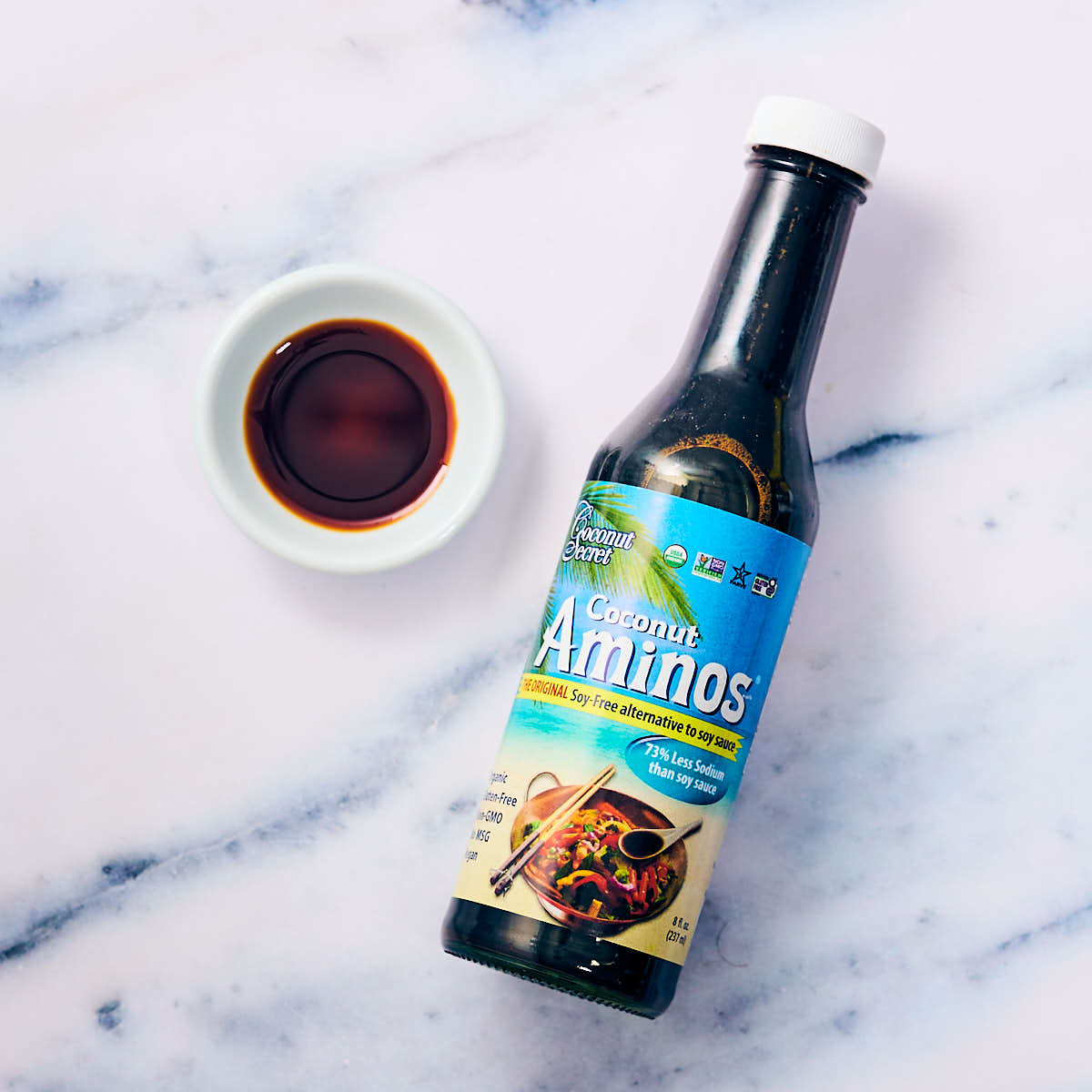
Coconut Aminos is a dark, thin sauce made from the sap (or nectar) of a coconut palm tree. It's a soy-free alternative to soy sauce. So, you can use coconut aminos as a seasoning in stir fry, marinades, or even as a dip for sushi. You can find it in health foods or gluten-free section of the grocery store.
Coconut Aminos looks very similar to tamari—both in its color and viscosity. But, it's less salty. Our testers also detected a slightly sweeter taste, compared to soy sauce or tamari. But, there's no added sugar, so the sweetness was not as pronounced as some of the other alternatives tested. Coconut Aminos is gluten-free, much like tamari. A downside is that it can be harder to find and more expensive. But overall, Coconut Aminos is a good tamari alternative and would work well as a substitute in most recipes.
Coconut Aminos Substitution Tip: Coconut Aminos is less salty than tamari, so use more. Substitute using a 1:1.5 ratio of tamari to Coconut Aminos.
For example: If the recipe calls for 3 teaspoons of tamari, you'll want to substitute with 4.5 teaspoons of Coconut Aminos.
2. Bragg
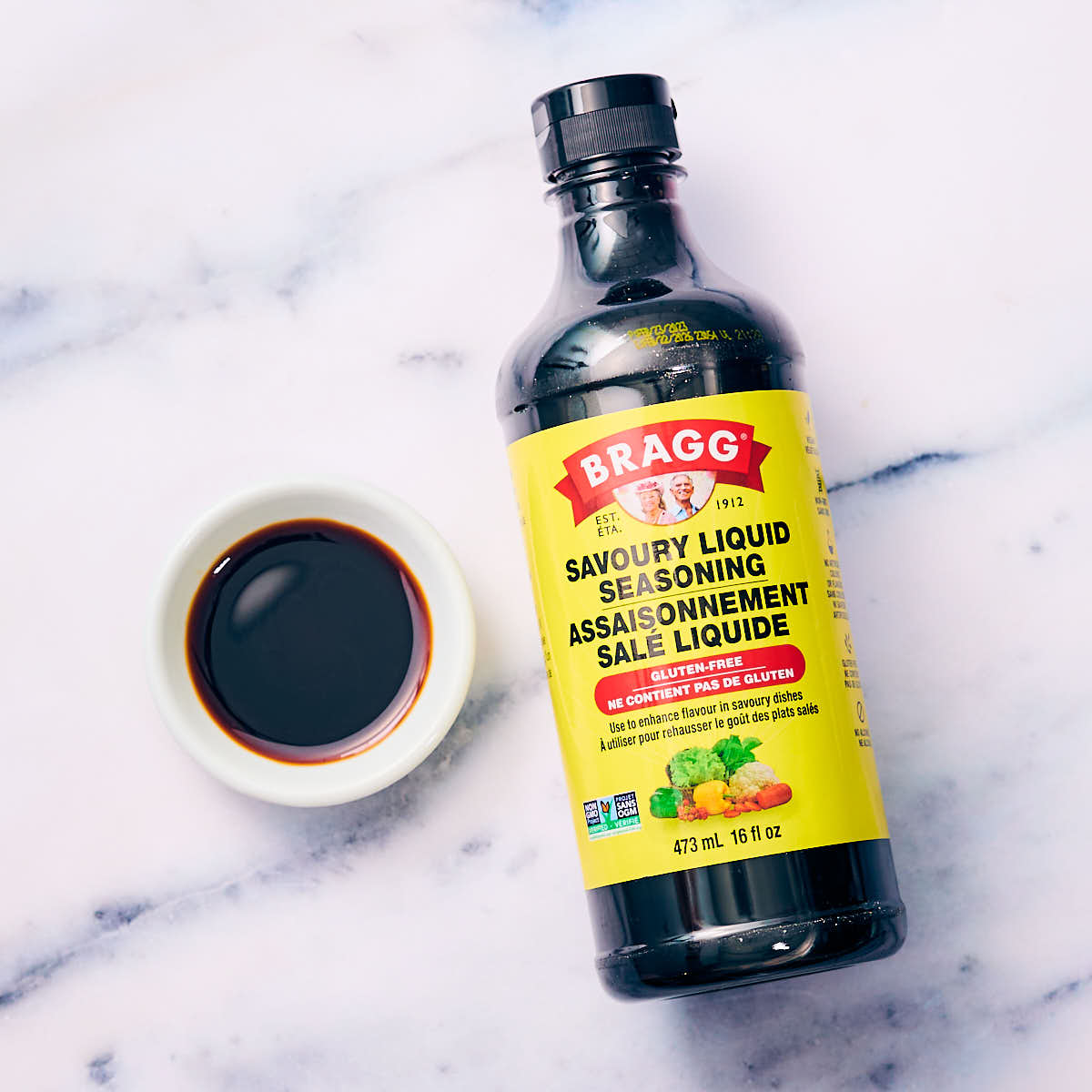
Bragg is a dark brown liquid seasoning made from soybeans and water. It's packed with umami and contains 16 amino acids. Bragg is often used as a soy sauce substitute. But unlike soy sauce, Bragg is not fermented and it's gluten-free. You can usually find Bragg in the health foods or gluten-free section of the grocery store.
Our testers found Bragg to be a great tamari substitute. Its saltiness is similar to tamari and soy sauce. And while it has a slightly more distinct taste than soy sauce, the difference is only really noticeable when tasting side-by-side. Bragg should work as a tamari substitute in pretty much all applications.
Bragg Substitution Tip: Bragg is almost as salty as tamari, so use the same amount. Substitute using a 1:1 ratio.
For example: If the recipe calls for 3 teaspoons of tamari, you'll want to substitute with 3 teaspoons of Bragg.
1. Soy sauce
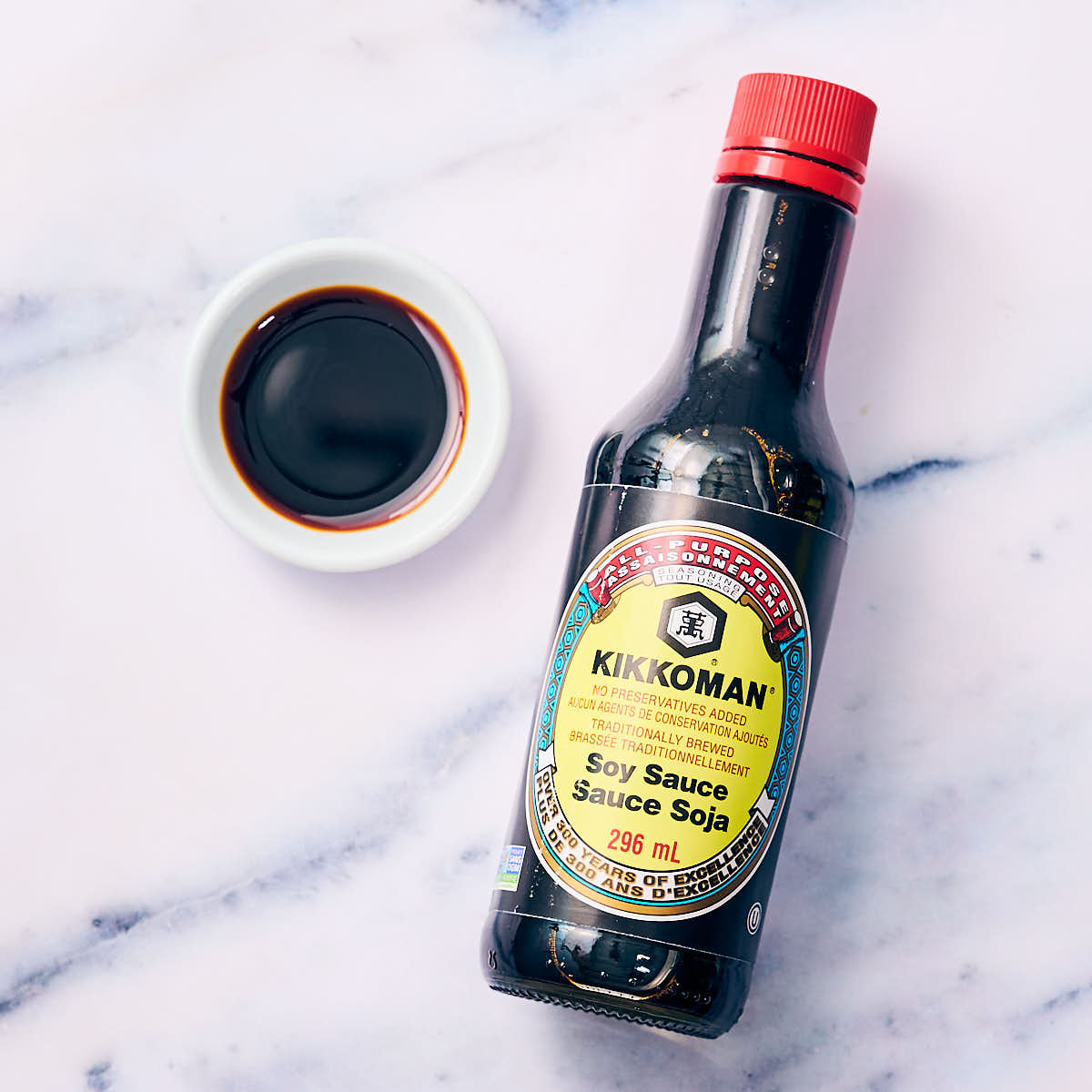
Soy sauce is a liquid condiment made from soybeans, water, and salt. It's sold alongside other Asian ingredients in the grocery store. Soy sauce is often associated with sushi, despite being a very versatile ingredient. You can use soy sauce to boost umami in marinades, salads, noodle dishes, chili and soups.
Soy sauce is most similar to tamari in taste, viscosity and saltiness. And, soy sauce is easy to find in most grocery stores. Some soy sauce is lighter in color and has a slightly less robust flavor compared to tamari. But, the differences are small, so you probably wouldn't notice. Remember that soy sauce isn't gluten-free. So, if you have a gluten intolerance, then Bragg is the best tamari alternative for you.
Soy Sauce Substitution Tip: Soy Sauce and Tamari have similar salt levels, so use the same amount. Substitute using a 1:1 ratio.
For example: If the recipe calls for 3 teaspoons of tamari, you'll want to substitute with 3 teaspoons of soy sauce.
What's your favorite tamari substitute? Let us know in the comments below!



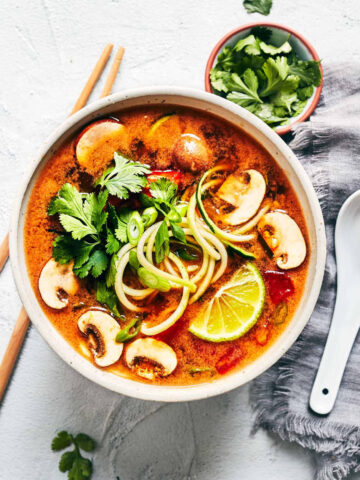

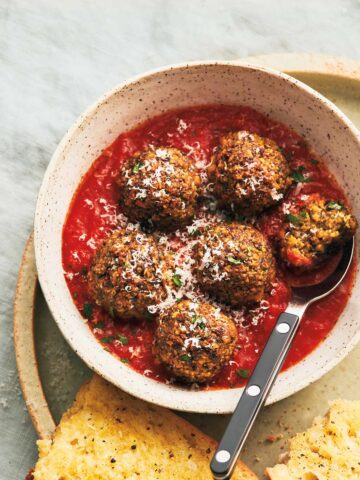
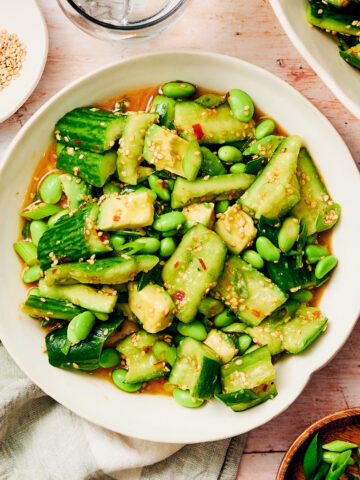

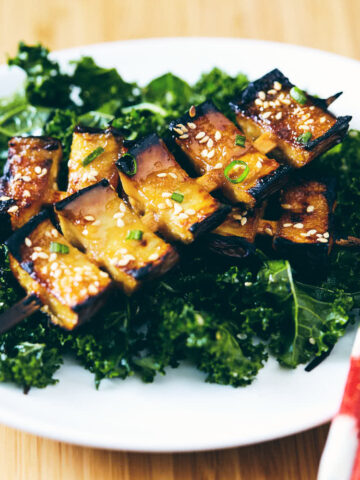




LEAVE A COMMENT